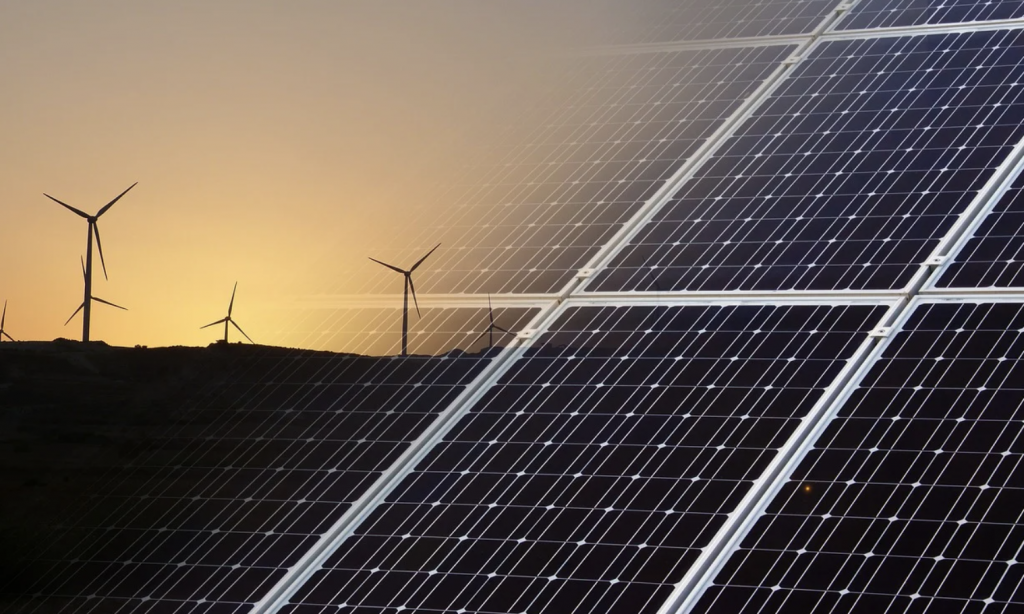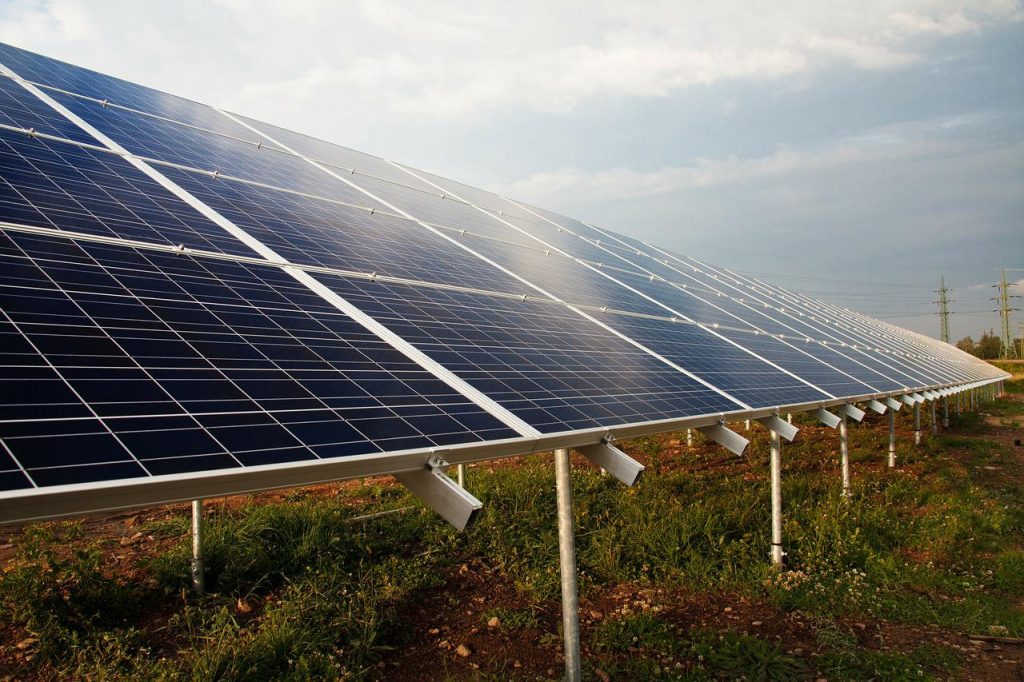Solar Panels No Longer Need The Sun To Work?
Solar panels are now being made to work without the help of the sun's rays, find out how.
This article is more than 2 years old

Solar energy refers to the process by which radiant light and heat from the sun are harnessed using various technologies to generate electricity. It is an essential source of renewable energy, but the biggest downside is that solar panels generate very little power on cloudy days and nothing at night. As such, folks with a residential solar system usually have a setup that generates more power than they need during the day. That way they can live off a battery (or the power company) at night.
This is a convenient workaround for people in developed areas. But 750 million people around the world live in areas without an electrical grid. That means solar panels aren’t a reliable power source, and battery storage is expensive. Fortunately, Stanford University has come up with a solar panel solution that will be a huge help to everyone who wants to live off the grid.
Researchers at the university modified commercially available solar panels to generate a significant amount of power during the day and a small amount at night too. This is achieved through a process called “radiative cooling” which relies on the vacuum of space. The technical explanation was published by Applied Letters in Physics in early April. But it’s pretty easy to understand.
When an object is facing the sky at night, it radiates heat out to outer space. This means that an object, like a solar panel, can become cooler than the air temperature around it. This effect could have obvious applications in cooling buildings. But the temperature difference can also be used to generate electricity, CNET reports.

Speaking about the tweaked solar panels, lead researcher on the project Shanhui Fan said, “We tend to think of the sun as the important renewable energy resource. But the coldness of outer space is also an extremely important renewable energy resource,” he told the publication. Although Stanford’s panels generate a comparatively smaller amount of energy compared to the pre-adjusted, the energy is useful at night when demand is much lower.
Moreover, Fan says since the modifications were made to commercially available solar panels, the technology could be accessible to everyone. He also said that by improving the design, more electricity could be generated. But the new invention has a few detractors – which is not uncommon. A Professor in Applied Physics at the University of Technology Sydney, Geoff Smith, has doubts that it ever will be an economically viable source of energy.
In an email response to Stanford’s research, he said, “Adding complexity and avenues for degradation to renewable energy systems despite being scientifically interesting rarely make it in practice.” However, Fan explained that the research with solar panels was only meant to prove that electricity can be generated this way. It wasn’t meant to prove anything about future practical applications.
Finding common ground, Smith agrees that we should be paying more attention to space as a renewable energy source. In his view, cooling and other modes of electricity generation are more promising. But that the night sky can be a valuable avenue for solar panel usage. Although it’s not producing a lot of electricity right now, radiative cooling is pretty much ubiquitous.



